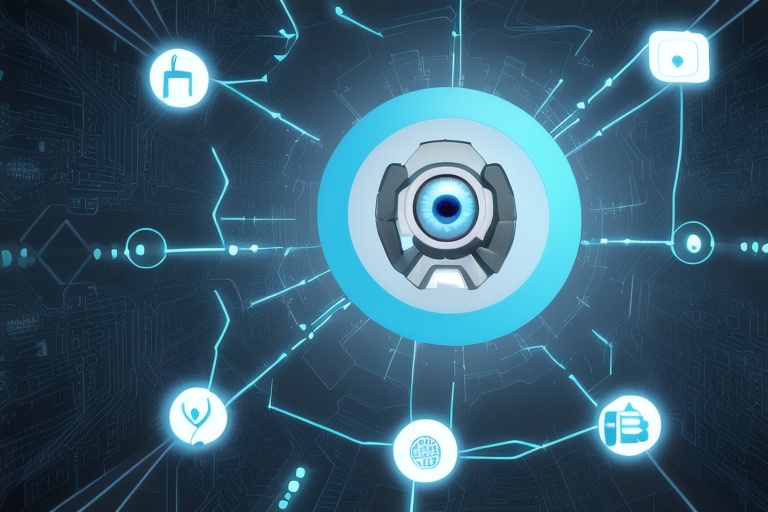Artificial intelligence (AI) stands poised as a transformative force in numerous sectors, and the art world is no exception. Artists are now armed with AI models that augment their creative process, enabling them to generate images with a newfound level of ease and innovation. Our journey today will delve into the ways AI is being utilized to reimagine the realm of art, along with the ethical conversations this new frontier is igniting.
Artificial intelligence (AI) stands poised as a transformative force in numerous sectors, and the art world is no exception. Artists are now armed with AI models that augment their creative process, enabling them to generate images with a newfound level of ease and innovation. Our journey today will delve into the ways AI is being utilized to reimagine the realm of art, along with the ethical conversations this new frontier is igniting.
Understanding AI in Art
The magic behind AI in art lies in its ability to decode human language. Through Natural Language Processing (NLP), these AI systems can interpret text inputs and use that understanding as a springboard to create visual wonders.
The Evolution and Accessibility of AI Art
AI-powered tools are disrupting our traditional views of creativity. Where once artistry was seen as a uniquely human attribute, today's machine learning algorithms challenge that notion. They empower users to generate digital art, regardless of their technical skills or artistic background. Suddenly, intricate visual and audio compositions, once the domain of the highly skilled, are just a few clicks away for anyone. This democratization of art has significant implications for accessibility, broadening the participant pool and shortening the time investment typically needed.
AI-generated art is not a modern phenomenon. Its roots trace back to the experimental ventures of the late 1960s. However, its presence and influence have surged in recent decades. Milestones like the advent of Generative Adversarial Networks (GANs) and the launch of imaginative tools like Google's DeepDream have paved the way for wider acceptance and curiosity. The trend hit a significant high with the arrival of OpenAI's Dall-E in 2021, captivating the public imagination. Major tech entities, including Adobe, have joined the fray, simplifying access to AI art resources even further.
The growth trajectory of AI art is replete with potential, pushing the envelope on what can be achieved within the creative sphere. Yet, as we embrace the possibilities, we must also approach the ethical dimensions with diligence. Issues of copyright and authenticity loom large, challenging us to find a balance that honors the rights and contributions of human artists.
Despite such hurdles, the influence of AI-generated art is set to make indelible marks on the art landscape, heralding a new era of creative expression.
Looking Ahead: Practical Applications and Challenges
The burgeoning world of AI art has much to disclose about its practical use and the hurdles that come hand in hand with its implementation. As this series continues, we will examine the practical ramifications and obstacles AI art brings to the table, furnishing readers with a more nuanced comprehension of its role within the art ecosystem. Keep an eye on this space as we continue to explore the dynamic interplay between AI and artistry.
Information for this article was gathered from the following source.

